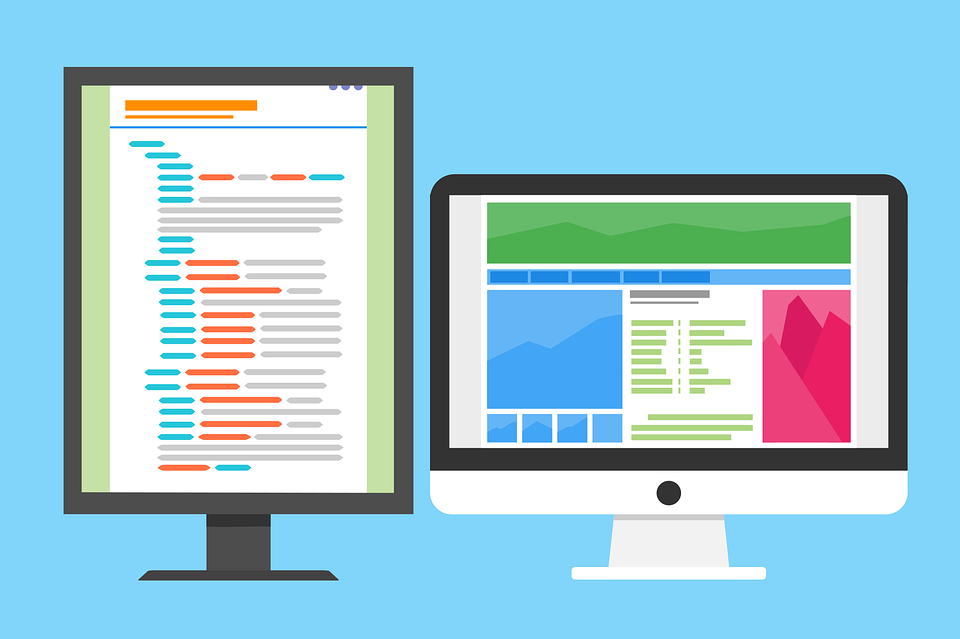Putting Your Coding Club Plans On Paper!
Still blogging about the “Coding Together, Learning Together Course” that just wrapped up! If you are interested, here are my links for Week 1 and Week 2. Stay tuned for our final week blog post coming up!
If you are interested in taking this course, it is being offered again July 31-August 25, 2017 by UW-Madison’s SLIS Continuing Education Department. This course was a game changer for me, and answered so many of the questions I had about coding that was stopping me from planning out a coding program at our library. I highly recommend taking this course.
Our third week was all about putting our plans down on paper, or in my case a Word document, and actually figuring out how to structure and plan a coding club!
There are two basic ways to organize a coding program: structured and unstructured. Which one you choose will depend on your:
- Program goals,
- Target Audience,
- Frequency and Length,
- Materials Needed and Resources available.
- What need is our coding club meeting?
Think back to our community needs assessment. What did our community members say they were interested in when I asked them about coding? As a public library, how does coding fit within your mission or vision?
Who is attending?
- Who is our target audience?
- Focus it down: by age, experience level, or other factors.
- When we identify an audience, keep them in mind as we plan our programming.
Structured vs unstructured?
- Structured:
- Lesson based,
- Easier to meet outcomes,
- Organized,
- Less choice,
- Time consuming to lesson plan,
- Activities tend to build on one another-repeat attendees make it better,
- (If you are meeting regularly, such as once a week, then a structured style might make the most sense because you know you have a core group of students, and you will see them in a matter of a few days. This helps you know that their skills can continue to build off what they have learned without loosing those lessons.)
- Unstructured
- Free choice, options available, students in charge of their learning, teacher there if they have questions.
- Learn through play and exploration,
- Come when you can,
- (If you are meeting once a month for coding club, an unstructured plan might make the most sense.)
- Things to consider:
- No matter which one you choose, make it user focused. Know your audience. Know what will make them successful. Know their expectations.
- Try to plan coding club in 4-6 week plans to give you and the audience a chance to get into what you planned. Then, evaluate at the end of the 4-6 weeks to see what worked, and what did not.
Create a sense of togetherness at Coding Club
- Having kids work at their own pace and on their own projects does not let kids feel that they are part of a club.
- Switch it up: ask students to work on a coding project as a small group. You will see more conversations happening!
- Showcase student work at the end of the coding club’s session! This can be a favorite part of the club! Look at the progress and growth of your students! Invite parents and teachers. For many students, coding can be the thing that they excel at, and what makes them feel special and capable!
Don’t reinvent the Wheel!
- Someone already has, or is thinking about what you are planning as well!
- Do a quick google search!
- YouTube may be your best friend! You can learn almost anything on YouTube-including coding!
- Partner up with another librarian! Share ideas!
- Ask your schools if they are already doing something! There is potential partners everywhere!
Once you have some ideas, the biggest step is to put those ideas on paper. Here is my plan outline for a program I would like to offer this summer: Brewer Public Library Coding Club Plan (Template Credit: Casey Ineichen). You can easily delete my information and put in your own.
That’s all for Week 3! If you are planning a coding club at your library–or if you are a coding veteran–send me a note! I would love to hear from you and share ideas!
~Emily
